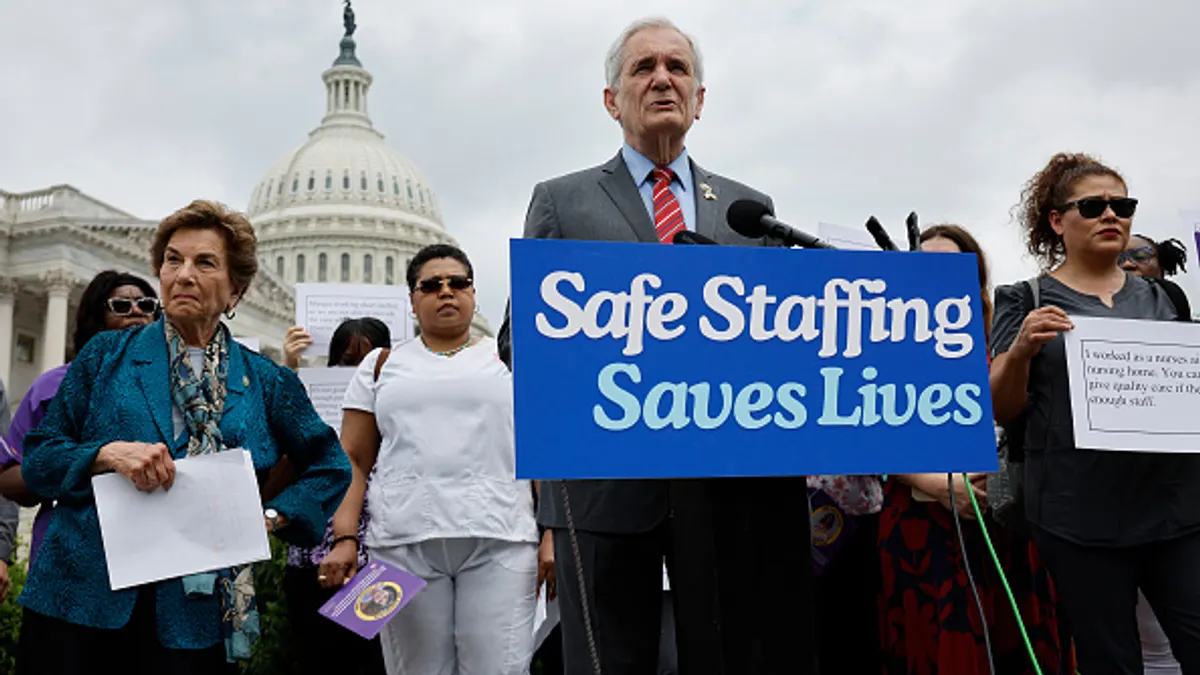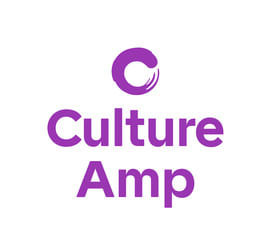On July 29, the Department of Justice (via the Office of the Attorney General) issued a lengthy memo to federal agencies providing “guidance” on what may constitute unlawful discrimination by recipients of federal financial assistance. While the guidance does not carry with it the force of law, it provides a clear window into the enforcement strategy of the federal government when it comes to evaluating DEI programs for unlawful discrimination.
On its face, the guidance applies only to recipients of federal financial assistance. However, the principles set forth in the guidance are likely to be applied by the U.S. Equal Employment Opportunity Commission to all employers under Title VII.
The guidance goes beyond DEI in the employment context, covering academia and other sectors as well. However, this article focuses only on employment issues and only on three of the more salient employment issues addressed in the DOJ memo.
1. Preferential treatment
Let’s begin with the basics: employers cannot provide preferences based on race, sex or other protected characteristics when making employment decisions, such as hiring and promoting. This means no quotas, set asides or “plus” factors. The law is clear that there is no “diversity” exception to unlawful discrimination.
One specific callout: the DOJ has taken the position that “diverse slate requirements” likely are unlawful. The EEOC previously has taken the same position. So has the U.S. Office of Personnel Management.
It is important to note that diverse slate requirements are not the ultimate employment decision. This suggests that the DOL and other government agencies will focus not only on ultimate employment decisions but also on the processes leading up to them. Employers should do the same.
2. Use of “proxies”
The DOJ memo focuses heavily on the use of proxies. Unlawful proxies are defined as neutral criteria that function as substitutes for explicit consideration of race, sex or another protected characteristic. According to the memo, such proxies may be unlawful if either:
- They are selected because they correlate with, replicate or are used as substitutes for protected characteristics.
- They are implemented with the intent to advantage or disadvantage individuals based on protected characteristics.
The government’s focus on intent, while not new, is critical as employers evaluate their DEI programs or practices, regardless of the name given to such programs or practices.
For example, let’s assume an employer recruits at a historically Black college or university. If the employer recruits there to increase the diversity of the applicant pool, its intent may be challenged as using an HBCU as an unlawful proxy. Conversely, the employer’s position is stronger if the employer recruits at the HBCU because of the talent there.
Employers should focus on merit and not demographic diversity when it comes to recruiting as well. That means employers should seek to expand the talent in the applicant pool as opposed to increasing the pool’s diversity.
Because intent matters, so do the words we use and the documentation we maintain.
3. Segregation
According to the DOJ memo, segregation occurs where a program, activity or resource “separates or restricts access based on race, sex, or other protected characteristics,” even if the stated goal is to increase inclusion or address historical disparities. While DOJ focuses more on the educational context, prior guidance from the DOJ, the EEOC and the OPM fill the gap. Regarding employee resource groups, when HR professionals are likely to run into this issue, three general principles apply:
- The ERG cannot be explicitly or “functionally” limited based on race, sex or another protected characteristic. In plain speak, a women’s initiative must be open to men.
- There cannot be segregation in the training or other offerings of the ERG, even if the training and resources that are offered to the segregated groups are the same in content and resource allocation.
- The term “functionally” is used in the OPM memo. To minimize the risk of functional restrictions on participation in an ERG, employers should give thought to who is invited or encouraged to attend — and discouraged from attending — ERG events, officially or unofficially.
While the DOJ memo calls out segregation as generally impermissible, it also states that failure to maintain sex-separated intimate spaces also may violate federal law. To quote the guidance:
“Federally funded institutions that allow males, including those self-identifying as ‘women,’ to access to single-sex spaces designed for females — such as bathrooms, showers, lockers or dormitories — undermine the privacy, safety, and equal opportunity of women and girls.”
This position echoes the position the EEOC has taken as well as prior guidance from the DOJ in its Civil Rights Fraud Initiative.
However, regarding access to bathrooms, the position of the federal government differs from the enforcement position of some state and local agencies. Beyond the scope of this article, there are myriad options for employers to consider to manage the competing risks in this area.
While I’ve focused here on only three of the more salient issues posed by the DOJ memo, employers are well advised to read the DOJ memo in its entirety to help assess their potential exposure by clicking here.






















